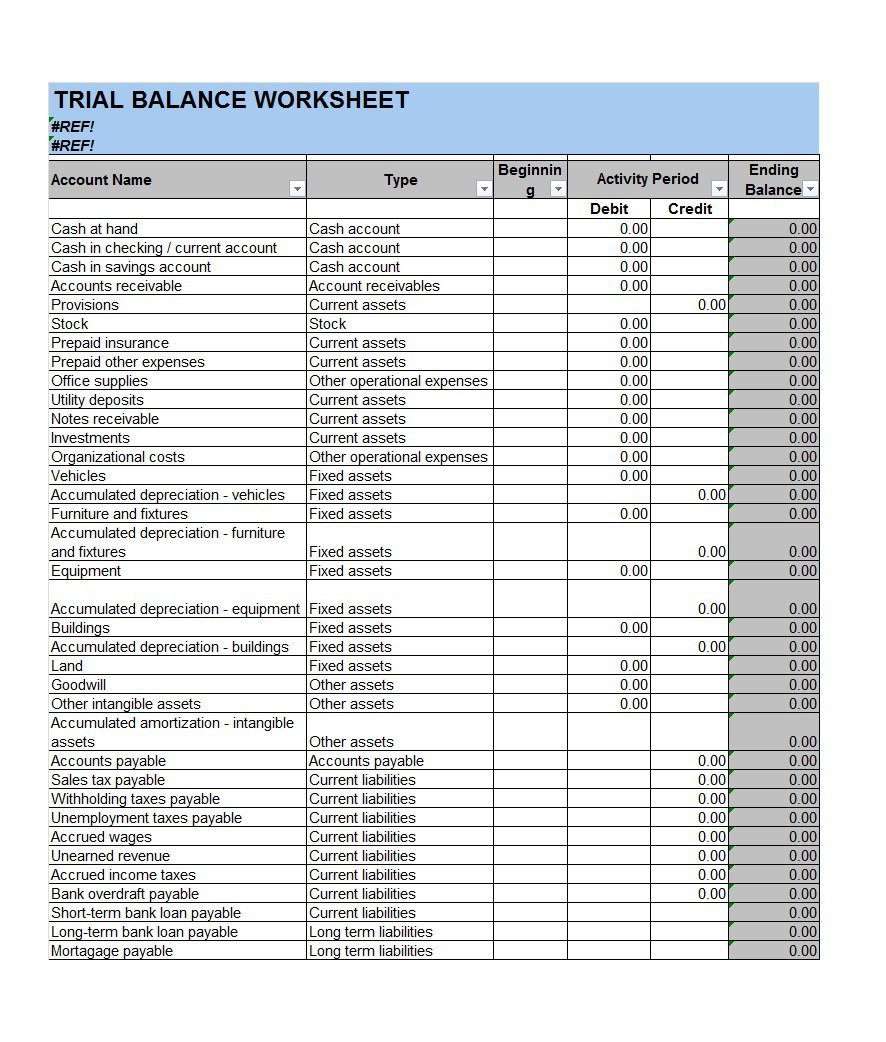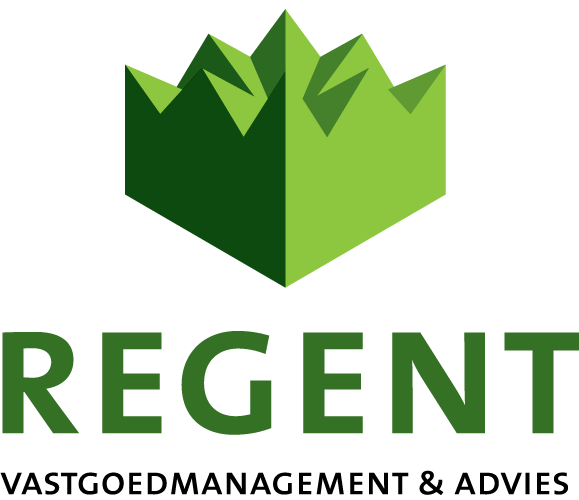Comparative Balance Sheet: Formula, Format, and Business Insights

While the financial statements are closely intertwined and necessary to understand a company’s financial health, the balance sheet is particularly useful for ratio analysis. A balance sheet explains the financial position of a company at a specific point in time. As opposed to an income statement which reports financial information over a period of time, a balance sheet is used to determine the health of a company on a specific day. In short, the balance sheet is a financial statement that provides a snapshot of what a company owns and owes, as well as the amount invested by shareholders. Balance sheets can be used with other important financial statements to conduct fundamental analysis or calculate financial ratios. Balance sheets can tell you a lot of information about your business, and help you plan strategically to make it more liquid, financially stable, and appealing to investors.
Which of these is most important for your financial advisor to have?
Income statements delineate a company’s revenue sources and expenditures within a defined period, illustrating the transformation of gross revenue into net profits. Similar to comparative analysis, trend analysis examines the direction and magnitude of changes in balance sheet items over multiple periods. By observing patterns and trends, you can identify areas of strength or areas that may need attention. For example, a company with substantial assets and a low debt-to-equity ratio will likely be deemed creditworthy, making securing favourable terms and interest rates on loans easier. Conversely, a company with limited assets or a high debt burden may face challenges in obtaining credit or be subject to higher interest rates.
Who prepares balance sheets?
This means that the balance sheet should always balance, hence the name. If they don’t balance, there may be some problems, including incorrect or misplaced data, inventory or exchange rate errors, or miscalculations. Grouping refers to putting similar items with similar qualities together and showing them under a common head inside financial statements. For example, all the debtors of an organisation are grouped together under just 1 head of sundry debtors in the balance sheet. Similarly, Inventory shows the net total of Raw Material, Work In Progress and Finished Stock. The above equation means that at any point in time, a business’s assets should be equal to its liabilities and equity.
- Meanwhile, an income statement shows a company’s financial performance over a period of time.
- It reflects past transactions and events, which is great for looking back, but it doesn’t capture the dynamic changes happening in real-time or provide insight into future prospects.
- A balance sheet is a financial statement that contains details of a company’s assets or liabilities at a specific point in time.
- In other words, they are listed on the report for the same amount of money the company paid for them.
- Rows depict the balance sheet items and columns refer to the financial data over different periods of time.
How are the Financial Statements Linked?
The current portion of long-term debt represents the amount of long-term debt that is due within one year from the date of the balance sheet. These are amounts owed by a company to its suppliers bank reconciliation definition and example of bank reconciliation and utility providers for goods or services that have been received but not yet paid for. Angela Boxwell, MAAT, is an accounting and finance expert with over 30 years of experience.
It is easier to compare the information in a vertical format balance sheet. Annie’s Pottery Palace, a large pottery studio, holds a lot of its current assets in the form of equipment—wheels and kilns for making pottery. You can improve your current ratio by either increasing your assets or decreasing your liabilities. Ecord the account name on the left side of the balance sheet and the cash value on the right.

The debt-to-equity ratio
Examples of non-current liabilities include long-term debt, leases, and bonds payable. It shows in one place how much the business owns (assets) and owes (liabilities). The report is used by business owners, investors, creditors and shareholders. The current ratio is calculated by dividing the total current assets by the total current liabilities. It is unsuitable for submitting to Companies House but will enable small businesses to produce a report for their year-end. If you are a limited company, you will need your accountant to format the report as part of your accounts to submit to Companies House.
Shareholder equity or Owner’s equity is the difference between a company’s assets and liabilities. The Balance Sheet and Profit and Loss Statement are essential reports for understanding your business’s financial health. You should review these reports regularly to ensure your company is financially stable. As an example, the Annual Report for Apple below shows a typical basic statement of financial position format for a listed company.
Accounts Receivable – Money owed by customers who purchased goods or services on credit that was provided by the company. It is worth looking into if you are not already using software, as it can save time and money. Items such as intangibles, for example the value of the knowledge and skills of employees, are not reflected in the balance-sheet position. By submitting this form, you consent to receive email from Wall Street Prep and agree to our terms of use and privacy policy. In all cases, net Program Fees must be paid in full (in US Dollars) to complete registration. Our easy online enrollment form is free, and no special documentation is required.
It is also known as net assets since it is equivalent to the total assets of a company minus its liabilities or the debt it owes to non-shareholders. Accounts within this segment are listed from top to bottom in order of their liquidity. They are divided into current assets, which can be converted to cash in one year or less; and non-current or long-term assets, which cannot.
We follow strict ethical journalism practices, which includes presenting unbiased information and citing reliable, attributed resources. A company should make estimates and reflect their best guess as a part of the balance sheet if they do not know which receivables a company is likely actually to receive. These ratios can yield insights into the operational efficiency of the company. These operating cycles can include receivables, payables, and inventory. It also yields information on how well a company can meet its obligations and how these obligations are leveraged. Again, these should be organized into both line items and total liabilities.
Most of her assets are sunk in equipment, rather than quick-to-cash assets. With this in mind, she might aim to grow her easily liquidated assets by keeping more cash on hand in the business checking account. Although balance sheets are important, they do have their limitations, and business owners must be aware of them.
